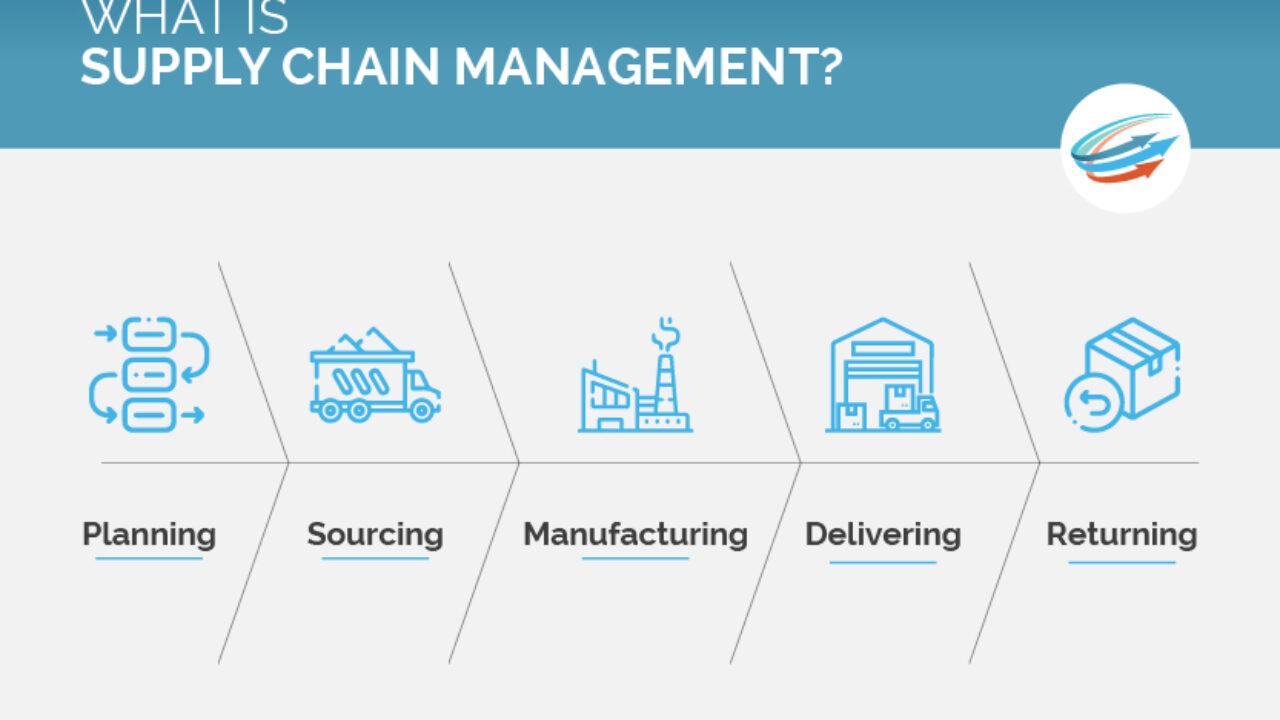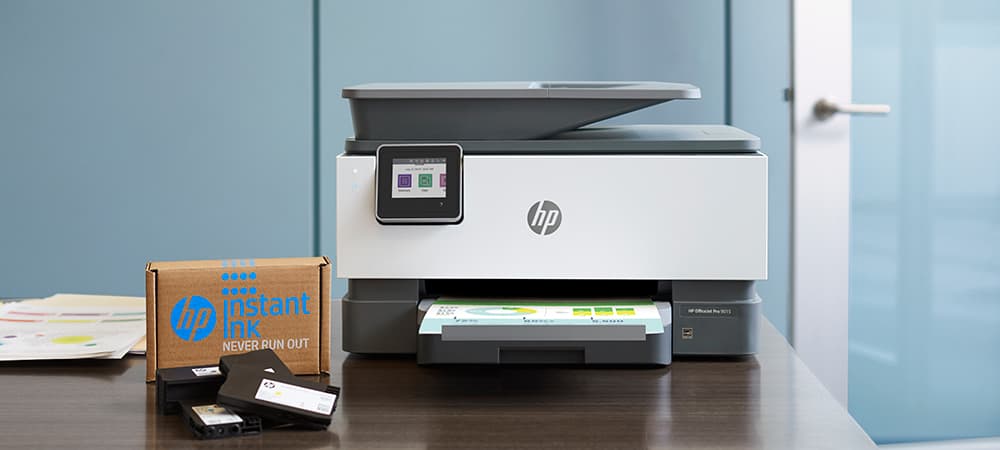In today’s digital age, sharing sensitive information like passwords has become necessary. Sharing passwords through unsecured channels like email or messaging apps can risk your accounts. These methods leave your sensitive information vulnerable to cybercrime or unauthorized access. Using a private note service can significantly reduce these risks and maintain control over who sees your shared passwords.
Understanding private notary services
Private note services are designed to provide a secure platform for sharing sensitive information. These services typically allow users to create encrypted notes that self-destruct after being read or after a specified period. This feature ensures that your shared passwords don’t linger in inboxes or chat logs, minimizing unauthorized access.
- Choose a reliable private note service – Start by selecting a reputable private note service. Look for features like end-to-end encryption, customizable expiration times, and the ability to protect your notes with a password. These features can ensure the highest level of security for your shared passwords.
- Create your secure note – Once you’ve chosen a service, create a note containing the password you want to share. Be sure to include any necessary context, such as the account name or website associated with the password. Avoid including any other sensitive information that isn’t necessary.
- Set security options – Private letter services offer additional security options. These may include setting a custom expiration time for the note. They may also include adding a password to access the note or limiting the number of times it can be viewed. Take advantage of these features to protect your shared password further.
- Generate the secure link – The service will generate an individual link after creating your note and setting security options. This link is what you’ll share with the intended password recipient. Remember that anyone with this link can access the note, so be careful about how you distribute it.
- Share the link securely – When sharing the link to your private note, use a separate, secure communication channel. For example, if you’re emailing the link, consider sharing the password to access the note through a different method. This could be a phone call or an encrypted messaging app.
- Inform the recipient – Let the recipient know you shared a password using a private email service. Remind them to access the note promptly, as it may expire or self-destruct after a particular time or number of views.
Best practices for private note services
To maximize the security benefits of private notary service, consider the following best practices:
- Use strong, unique passwords for each account you’re sharing
- Avoid sharing passwords unless necessary
- Regularly update shared passwords and uses the private note service to distribute the updated credentials.
- Encourage recipients to memorize the shared password rather than saving it in an unsecured location
- Delete any messages or emails containing the private note link after the recipient accesses it
By following these guidelines and using a private email service, you can share passwords securely while minimizing the risks of transmitting sensitive information. A privnote paragraph with sub-titles can be an effective way to organize and present information securely. Consider structuring your notes with clear headings and subheadings to enhance readability using a private note service. This will ensure that all necessary information is conveyed effectively.




